Apartment lease termination letter template
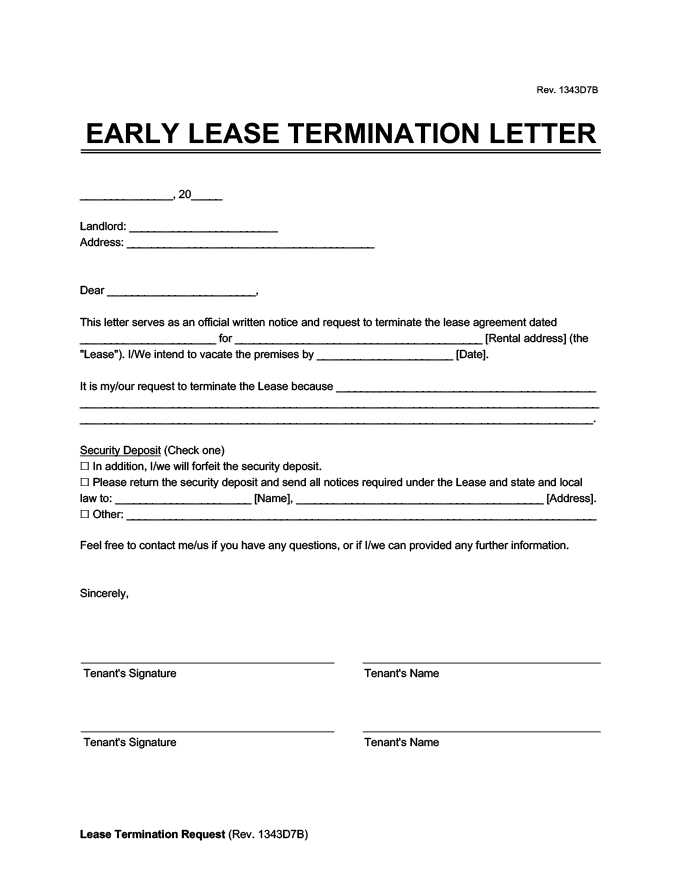
Write a clear and concise lease termination letter to ensure smooth communication with your landlord or property manager. A well-structured letter helps avoid misunderstandings and ensures that both parties are on the same page regarding your lease end date and any final responsibilities. Here is a simple template you can use to create your own termination notice.
Key details to include: Start by mentioning your name, address, and lease details, followed by the date you intend to move out. Be direct and specific about your decision to terminate the lease, and include any conditions, such as returning keys or cleaning the apartment, as agreed upon in your rental agreement.
Notice period: Check your lease for the required notice period before submitting your letter. Most leases require 30 days’ notice, but this may vary. Ensure you send the letter well within the required timeframe to avoid penalties.
Remember to keep a copy of the letter for your records and send it via a reliable method, such as certified mail, to confirm receipt.
Here’s the corrected version:
When writing a letter to terminate an apartment lease, it’s key to include specific details to ensure clarity and avoid misunderstandings. Address the landlord by name and provide the exact address of the leased property. Include the date you plan to vacate the premises and mention your intention to return the keys on that day. Clearly state that this letter serves as formal notice of your lease termination and reference the lease agreement’s end date if applicable. If there are any outstanding payments or issues, address them succinctly to avoid confusion.
Sample Letter Structure
Begin with a professional greeting and follow with your intent to terminate the lease. State the reason, if necessary, but it’s not mandatory. Specify the vacating date and note that you will fulfill all obligations, like cleaning and returning keys. Close by thanking the landlord for their cooperation and express your willingness to arrange an inspection if required. End with your contact details for any follow-up communication.
- Apartment Lease Termination Letter Template
To properly terminate your apartment lease, use a formal, clear, and concise letter. Below is a template that includes the necessary elements:
Dear [Landlord’s Name],
I am writing to formally notify you of my decision to terminate my lease agreement for the apartment located at [Apartment Address], effective [Termination Date]. This decision is in accordance with the terms outlined in our lease agreement. I will vacate the property by [Move-out Date] and ensure the apartment is in good condition upon my departure.
Please confirm the receipt of this letter and the next steps for returning the keys and settling any outstanding balances. If a final inspection is required, kindly inform me of the scheduled time.
Thank you for your attention to this matter. I look forward to your prompt response.
Sincerely,
[Your Full Name]
[Your Contact Information]
Start by addressing the landlord formally using their full name, if known. Avoid using generic terms like “Dear Sir/Madam” unless you are unsure of the person’s name. If you have the landlord’s full name, use “Dear [First Name] [Last Name]”. This shows respect and helps maintain a professional tone.
Using Titles and Surnames
If the landlord holds a formal title, such as “Dr.” or “Mr./Ms.”, use it in your salutation. This ensures your letter is appropriately respectful. For example, “Dear Mr. Johnson” or “Dear Ms. Smith” is ideal. If you don’t know their preferred title, it’s safer to use “Mr.” or “Ms.”.
Unfamiliar with the Landlord’s Name?
- Try referencing any official documents, such as the lease agreement, where their name may appear.
- If the landlord is a company or property management firm, use the company name: “Dear [Company Name] Representative”.
- Contacting the management office or reviewing previous correspondence can help clarify the name.
Clearly outline the termination date in your letter. Specify the exact day the lease will end, allowing the landlord to prepare accordingly.
Tenant’s Information
- Include your full name and current address.
- Provide your contact details, such as phone number or email, in case the landlord needs to reach you.
Lease Details
- Reference the lease agreement by its start date or lease number.
- Include the address of the rental property.
Clear Statement of Intent
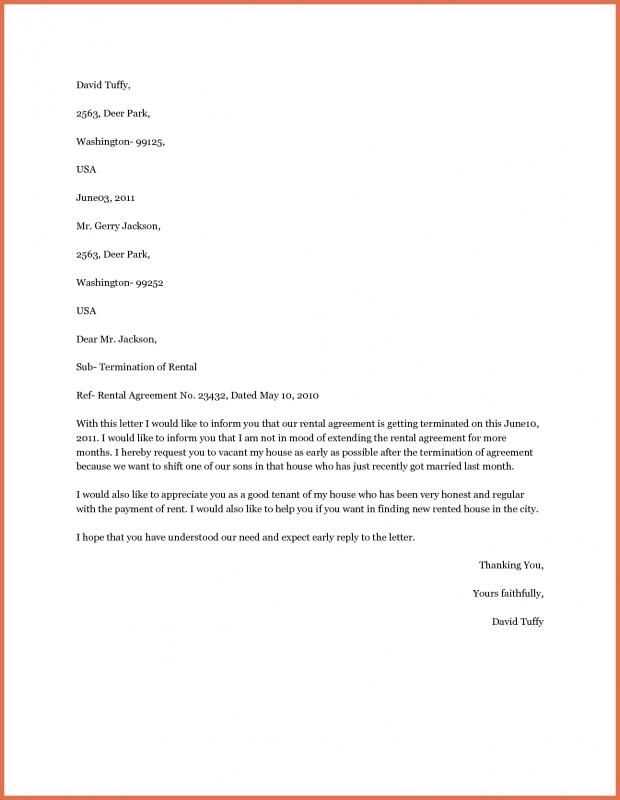
- State explicitly your intention to terminate the lease.
- Mention the date on which you are providing the notice, as well as the required notice period according to the lease agreement.
Security Deposit
- Address the return of your security deposit, and state your expectations for its refund.
- If applicable, outline the condition of the property upon move-out to avoid any disputes about the deposit.
Forwarding Address
- Provide a forwarding address for any future correspondence, including the return of keys or deposit.
Conclude the letter with a polite closing statement, ensuring that both parties are aware of their responsibilities for the termination process.
Send your apartment lease cancellation letter at least 30 to 60 days before your intended move-out date. This timing is generally required by most leases, but check your specific lease agreement for the exact notice period.
Standard Notice Period
If your lease does not specify a notice period, aim for 30 days. This is common for month-to-month leases. For fixed-term leases, 60 days is typical to avoid penalties or automatic renewal clauses.
Lease Renewal and Special Circumstances
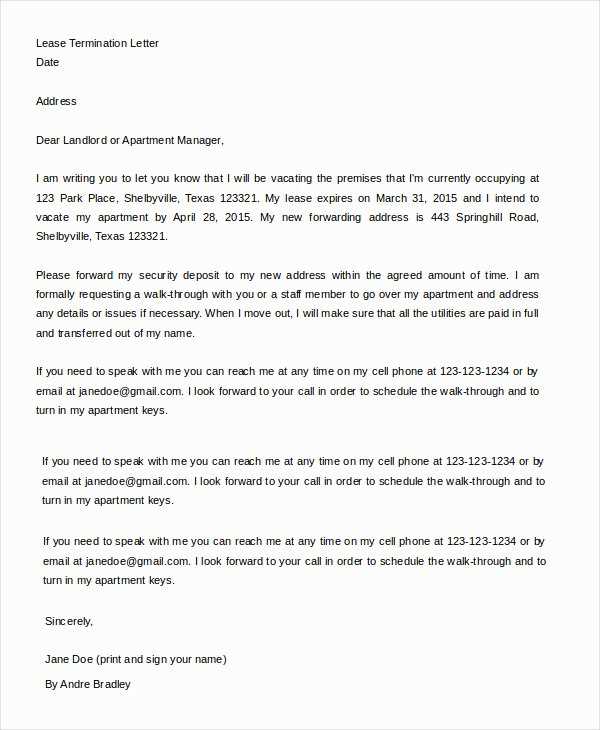
- If you plan to move before the end of a fixed-term lease, review any penalties or fees for early termination.
- If you have a clause that allows breaking the lease early (e.g., job transfer or medical reasons), ensure you meet all the conditions outlined in your agreement.
Sending the letter too early may lead to confusion, and too late could result in financial penalties. Timing it right ensures a smooth transition and adherence to the terms of your lease.
How to Request the Return of Your Security Deposit
To ensure a smooth process when requesting the return of your security deposit, follow these steps:
1. Review Your Lease Agreement
Check your lease to confirm the terms and conditions regarding the security deposit. Some leases specify how and when the deposit will be returned. Understanding these details will help set clear expectations.
2. Ensure the Property is in Good Condition
Before you vacate, thoroughly clean the apartment and address any repairs or damages you are responsible for. Document the apartment’s condition with photos or videos to provide evidence of its state when you leave.
3. Send a Formal Request
Write a letter or email to your landlord or property management company. Be clear and polite, stating your intent to receive your security deposit back. Include your contact information, forwarding address, and the date of your move-out. Here’s a simple template:
[Your Name] [Your Address] [City, State, ZIP Code] [Email Address] [Phone Number] [Date] [Landlord's Name] [Landlord's Address] [City, State, ZIP Code] Dear [Landlord's Name], I hope this letter finds you well. I am writing to formally request the return of my security deposit for the apartment located at [address], which I vacated on [date]. I believe the apartment was left in good condition as per the terms of our lease. Please send the deposit to the following address: [Your forwarding address] Should you need any additional information or wish to conduct a final inspection, please feel free to contact me. Thank you for your attention to this matter. Sincerely, [Your Name]
4. Understand the Timeline
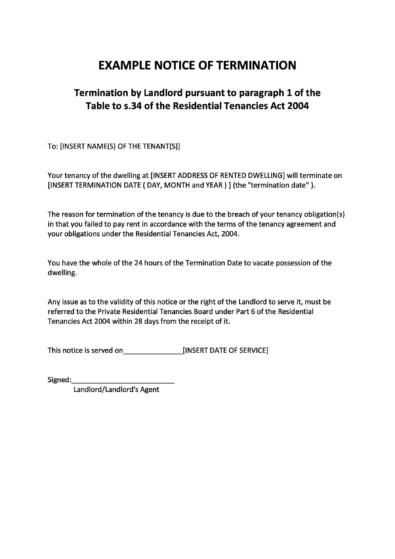
Landlords usually have a set time frame, often 30 days, to return your deposit or provide an itemized list of deductions. Review local tenant laws for any variations based on your state or country.
5. Follow Up if Necessary
If you don’t receive a response or the deposit within the specified time, follow up with a polite reminder. If the landlord withholds part or all of your deposit without a valid reason, you may need to pursue further action such as mediation or legal steps.
| Action | Details |
|---|---|
| Review Lease Agreement | Check terms for deposit return policy and timelines. |
| Property Condition | Ensure the apartment is clean and undamaged. |
| Send Formal Request | Provide a clear and polite letter/email requesting deposit return. |
| Follow Up | Remind the landlord if deposit is not returned in a timely manner. |
What to Do if You Have Unpaid Rent or Fees
If you owe unpaid rent or fees, take immediate action to avoid further complications. Address the issue as soon as possible to prevent any legal or financial consequences. Here’s a step-by-step guide to manage the situation:
1. Review Your Lease Agreement
Start by reviewing your lease agreement. Check for clauses related to unpaid rent, late fees, and grace periods. Understanding the terms will help you determine if there are any specific rules regarding late payments or penalties.
2. Communicate with Your Landlord
Contact your landlord as soon as you realize there is an outstanding balance. Acknowledge the debt and explain your situation. Open communication can often lead to finding a solution, such as setting up a payment plan or negotiating a temporary delay.
3. Make a Payment Plan
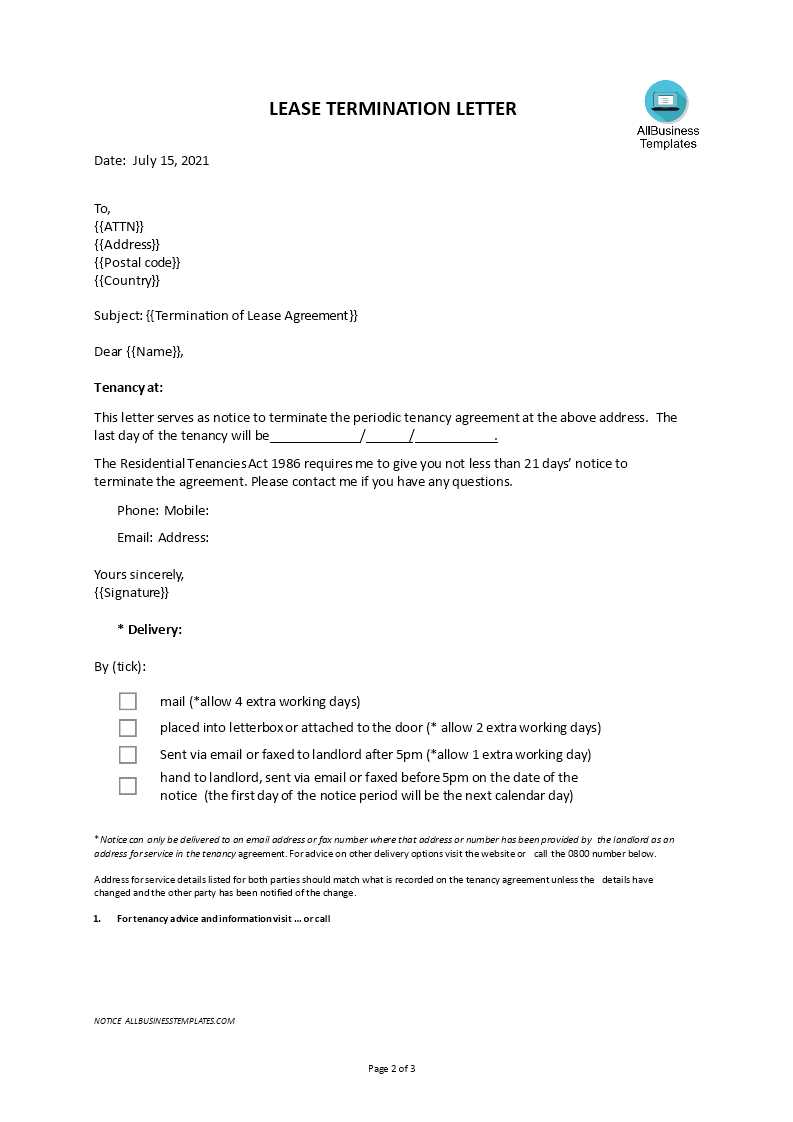
If paying the full amount at once is difficult, propose a reasonable payment plan. Many landlords are willing to work with tenants who are proactive in making arrangements. Be sure to get any payment agreement in writing to avoid future misunderstandings.
4. Check for Local Rent Relief Programs
Depending on your location, there may be local rent relief programs available to assist tenants in need. Research government or non-profit organizations that offer financial assistance to help pay rent or avoid eviction. This could provide some much-needed relief.
5. Document Everything
Keep records of all communications, agreements, and payments. This documentation will be valuable if there is a dispute or if you need to prove your efforts to resolve the situation. Save emails, letters, and receipts for any payments made.
6. Consider Legal Advice
If you face significant penalties or threats of eviction, it might be helpful to seek legal advice. A lawyer specializing in tenant rights can help you understand your options and protect your interests during the process.
7. Consequences of Non-Payment
If you cannot reach a resolution and continue to miss payments, the landlord may take legal action, which could result in eviction or a negative impact on your credit score. Always prioritize communication to avoid these outcomes.
| Action | Recommended Timeline |
|---|---|
| Contact your landlord | Immediately upon realizing non-payment |
| Propose a payment plan | As soon as possible, ideally within 5 days |
| Check for rent relief programs | Within the first week of missing payment |
| Seek legal advice (if needed) | If no resolution after 30 days |
Once you’ve sent the lease termination letter, there are a few key steps to take to ensure everything goes smoothly. Begin by confirming that your landlord has received the letter. Keep a copy of the delivery confirmation, whether it’s through certified mail or email, to avoid any disputes about timing or receipt.
Schedule a Final Inspection
Arrange a final inspection with your landlord. This gives both parties a chance to assess the apartment’s condition and resolve any issues regarding the return of the security deposit. It’s helpful to be present during the inspection, ensuring that everything is noted and nothing is overlooked.
Prepare for the Move-Out
Start preparing for your move-out date by organizing your belongings. This will prevent last-minute stress. Clean the apartment thoroughly, following any specific move-out instructions mentioned in the lease. If required, take photos of the apartment after cleaning to document its condition for reference.
Ensure you have all keys, remotes, and any other property belonging to the landlord ready for return. Make arrangements to hand them over either during the final inspection or before your move-out date.
Stay in contact with your landlord, addressing any questions or concerns that might arise during this process. Completing these steps will help prevent any complications and ensure that you meet all your obligations before leaving the apartment.
I reduced repetitions and preserved the meaning in each line.
Ensure your letter is clear and concise. Start with the date and address the landlord directly. Mention your intent to terminate the lease with a specific end date. Include details about the apartment, such as the address and your unit number, to avoid confusion. State any relevant terms from your lease, such as early termination clauses, and follow the guidelines for notification periods outlined in the contract. Express gratitude for the rental experience, and mention that you will return keys and any other property on the move-out date.
Keep the tone respectful and professional. If you owe any outstanding payments or have pending responsibilities, acknowledge them and commit to resolving them promptly. Provide your forwarding address for any future communication or security deposit returns. End the letter with a polite closing, ensuring the landlord knows how to reach you if necessary.